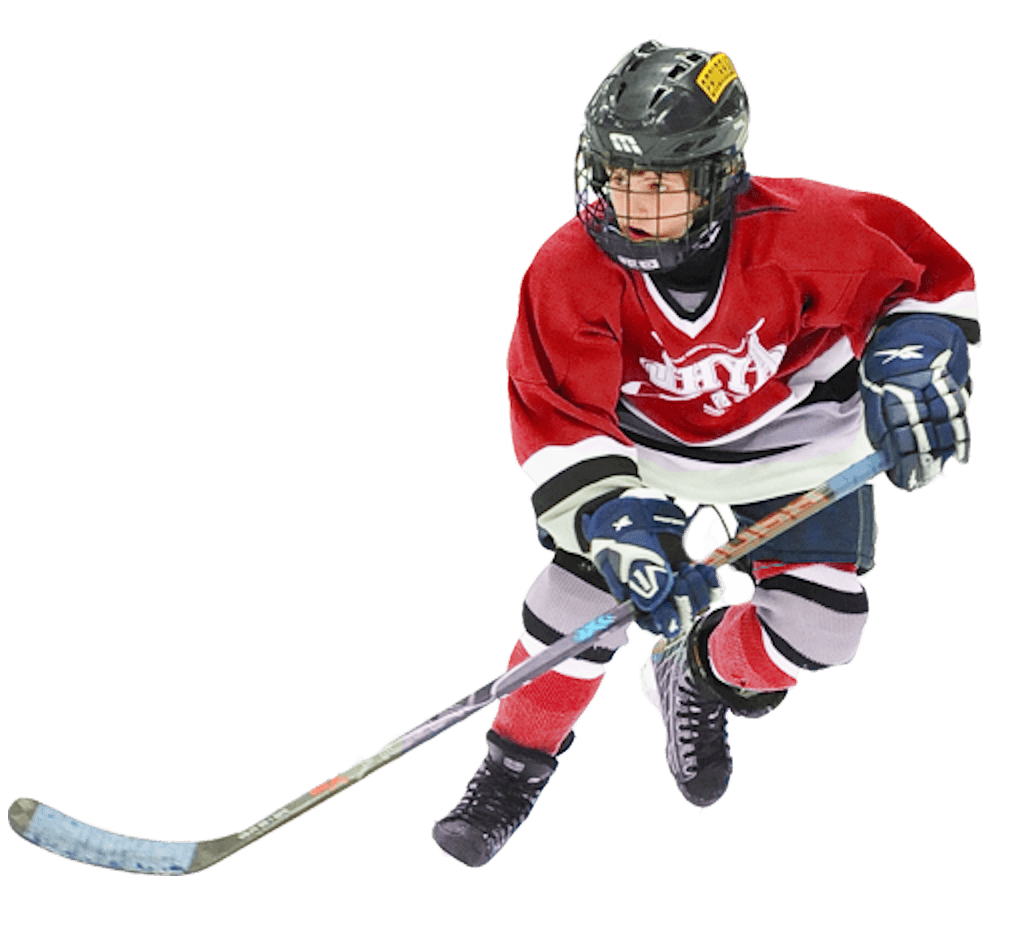Here is the truth: while your son or daughter plays a team sport – hockey, they’re essentially an individual within that sport. Every time they’re evaluated or assessed, whether it is at minor hockey tryouts, in their OHL draft year, by NCAA coaches, or if they are good enough, in their NHL draft year, they will always be evaluated as an individual.
Those doing the assessing do not care how good your son or daughters team was last season. Instead, they’re chiefly concerned with how well they skate, handle the puck, pass and shoot, think the game and make decisions, and how hard they compete. They will also look at character. What kind of person is the player? Do they work hard? Are they a good teammate? What kind of life do they live away from the arena?
The dream dies for most hockey players not because their team was good or bad – it’s irrelevant, but because they lack one or more critical skills that are essential to getting to the next level – their skating isn’t good enough, they don’t have the puck handling skills to dominate offensively, or they lack the hockey sense required to make good decisions on a consistent basis.
Do you know how many players have fallen short of achieving their goals in hockey because their weaknesses were never addressed by their minor hockey coaches? How many defencemen who could only pivot well to one direction but not the other? How many forwards could not turn sharply because of poorly developed outside edges? How many players cannot make or receive a pass on their backhand? All of these players are victims of a minor hockey system that consistently placed the coaches short term desire to win over the players long term desire to achieve their individual goals in hockey.
That’s not to say that winning in hockey isn’t important. Every time you step on the ice during competition you should be competing as hard as you can to win. But, a minor hockey system that is only concerned with winning at the expense of proper, long- term, systematic player development will fail its players every time.
So if your son or daughter has a strong desire to play hockey beyond the minor hockey level does it make any sense to subject them to a model that doesn’t make that a priority, instead using your son or daughters talent to help the team win now while neglecting their individual needs?
If you have ever had a child participate in an individual sport like figure skating, skiing, golf, tennis, or gymnastics then you’re well aware of the amount of time elite athletes in these sports dedicate to training as opposed to competing. For an elite athlete with the goal of competing internationally or professionally in these sports the practice to competition ratio could be as high as 25:1 hours.




